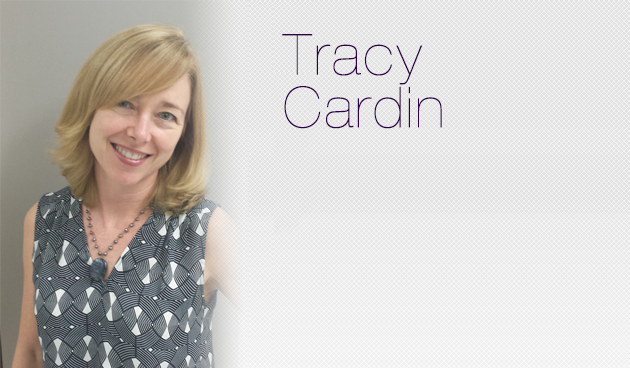In modern medicine, we’re surrounded by EMR systems, lab tests and increasingly complex medical equipment. But I sometimes stop and wonder: Where does my intuition fit into the equation?
Case in point: The other day, I had one of those days that happens in hospital medicine where nothing goes right. A patient admitted right at change of shift, with a diabetic foot ulcer as a chief complaint, was found to have an 8.0-gram hemoglobin drop from her baseline. Further questioning by the night admitting MD revealed that the patient had been having melena for several days. GI was consulted, but the lab was considered to be spurious. A stat repeat CBC and type and crossmatch was ordered.
The EMR system was down, though this was not apparent at first. Because of this, it was not immediately evident that the lab could not see the order entered into the EMR system. This delayed the repeat hemoglobin result by about 4 hours. In the meantime, my evaluation of this patient revealed a lethargic and profoundly volume depleted individual. Her color was ashen.
My bedside evaluation? “She looks baaaaad”.
MICU was called to evaluate. Orthostatic vital signs were ordered. Though the patient complained of severe dizziness with any position change, her BP and heart rate did not reveal orthostasis. So in conflict with every instinct and gut-level evaluation to the contrary, she was deemed stable for the floor.
Three and half hours and multiple frantic phone calls to lab later, the repeat hemoglobin came back at 3.7, from baseline of 15. Her type and cross continued to be delayed. For the first time in a twenty- something-year career, I ordered O negative blood. Finally, my patient was accepted to the MICU. Except she wasn’t. There were no critical care beds. After several hours on the floor, a bed in the critical care area opened up and she was finally, blessedly, transferred.
I thought about this scenario, particularly after reading the recent Journal of Hospital Medicine article by Churpek, et al., which revealed that delay in discharge to the critical care unit increased mortality. Despite increasing skill at developing objective criteria for who is critically ill and requires intensive care monitoring and admission, the authors point out that some patients – notably the older and sicker patients – may not demonstrate the same vital sign derangements that younger patients develop. This can lead to a delay in identification and treatment of the less obvious – and no less critically – ill.
Medicine is so many parts science, and so many parts art. How many times have I sat on that sharp edge of intuition with a patient? Every provider has their stories of the times they made that intuitive leap in the absence of strong and objective determinants. This leap is so difficult to articulate to newer providers; they ask to know why you came to the conclusion you did, and you stammer something about the way a patient “looked”. How many times have I vigorously advocated for my patient to transfer to a higher level of care, only to be told that the lactate is not elevated enough, the BP is stable or they aren’t on a high enough FiO2?
Obviously, in many places, critical care beds are at a premium, and there must be some way to ration the supply in an objective and rigorously reliable method. I just wish that method included the number of years of a provider’s experience, the number of patients he or she has seen in their lifetime, the inner alarm bells that a provider possesses. Experience counts. Physical exam counts. Intuition counts. Or at least it should. Learned experience allows us not only think from the gut, but from the brain as well. Combining both makes for the truly wise clinician.



Leave A Comment